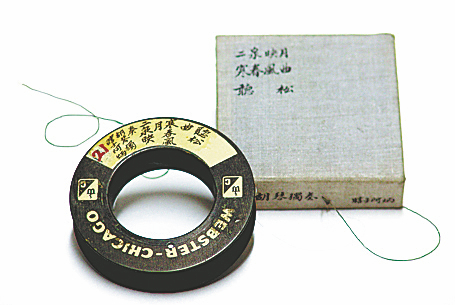

Among the most important repositories are six works by Hua Yanjun (1893-1950), also known as Abing, a blind Chinese musician specializing in erhu and pipa. His compositions for pipa and erhu, including erhu piece, The Moon Reflected on the Erquan Spring (Erquan Yingyue), one of Hua's most famous music pieces, were collected and recorded by musicologists Yang Yinliu and Cao An during the 1950s.
Religious music recorded by the musicologists has also been digitalized. For example, in 1953, when musicologists visited Beijing's Zhihua Temple, built in 1444 during the Ming Dynasty (1368-1644), the monks played a type of music, known as jing. This music has been preserved and passed down through consecutive generations of monks over 500 years. They chant while playing different kinds of musical instruments, such as flute, sheng (Chinese reed wind instrument consisting of bamboo pipes) and drums as well as other percussion instruments, such as cymbals of varying sizes.
Since 1987, musicologists from the institute spent several years traveling around Baoding in Hebei province, not far from Beijing. They discovered almost 80 kinds of hand-copied scores similar to jing music, and they recorded nearly 100 hours of recordings played by folk musicians.